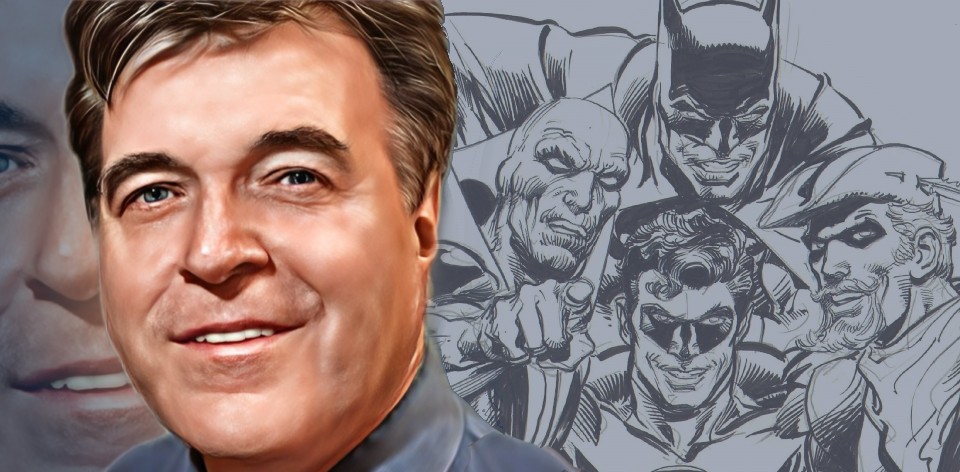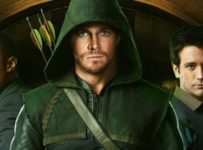Neal Adams, the phenomenal comic book artist who brought new life to Batman, Green Arrow and so many others with his hyperreal art, has died at 80.
When I first met Adams it was (unsurprisingly) at a comic book convention. I was in Seattle for the Emerald City Con and momentarily browsing some of the prints for sale on his table. He looked up and said, ‘Have you heard of these things called comic books?’ From memory, I stammered out some gushing praise for his work, paid for my print and off I went.
The following year, when I was working on my book I casually emailed him just before going to bed to enquire about a potential interview. The reply came back immediately: “Is now good?” So, that’s how I found myself talking to Adams for almost two hours, wrapping up at about 1am Sydney time. We spoke about his extensive career, his unique approach to art, the culture at DC Comics and Marvel and his work beyond the Big Two.
Adams began his art career in the late 1950s, initially doing commercial work when he found the comics industry difficult to break into. “I would say impossible,” he told me, adding that he got work on Archie Comics “because they felt sorry for me.” Turning to commercial work for the pay, his work on the Ben Casey strips, Goodyear and AT&T helped developed his photorealistic style that would, in many ways, revolutionise comics.
“We forget sometimes, it’s not just guys with muscles. We’re comic books: comic books are drawings of naked guys with lines on their bodies. Really. Naked, muscular guys with lines on their bodies,” he said of his style. “When do we get to the faces? When do we get to the people underneath it?”
After finding work at Warren Publishing’s black-and-white horror-comics magazines, he would bring this attitude to DC Comics. After working on a variety of titles, his signature comic for the company was initially Deadman. Continuing to freelance for DC, he teamed up with writer Roy Thomas on Marvel’s X-Men, then on the verge of cancellation.
Yet it was his revolutionary work with writer Dennis O’Neil on Batman and Green Lantern/Green Arrow that he will always be remembered for. O’Neil’s New Journalism traditions and ‘realism’ are matched spectacularly by Adams’ iconic character designs. The hyper-realistic muscles of his leads, the heavily detailed and photorealistic faces of average citizens is infused with a mixed-media approach Adams learned in advertising. It all coalesces to ensure that even if the cultural references may date, the spirit and style of this comic will remain forever fresh.
A tireless advocate for the rights of artists and other creators, he formed the Comics Creators Guild in the late 1970s and continued to maintain his voice in the area until his death. “I was doing a lot of fighting,” he said in a personal interview, “but quietly, with a smile.” This included his efforts to get the Auschwitz-Birkenau State Museum, operated by the government of Poland, to return original artwork of Holocaust survivor Dina Babbitt.
Often outspoken about this beliefs, he ran a website claiming that the Earth is expanding. Elements of this belief made it into his 2010 mini-series Batman: Odyssey. Even though it was met with mixed reviews, Adams called it “one of the best collections out there.”
Reflecting on his impressive body of work, I asked Adams what he would have told his early career counterpart. “He would have said everything you did was right, Neal — and you win.”






